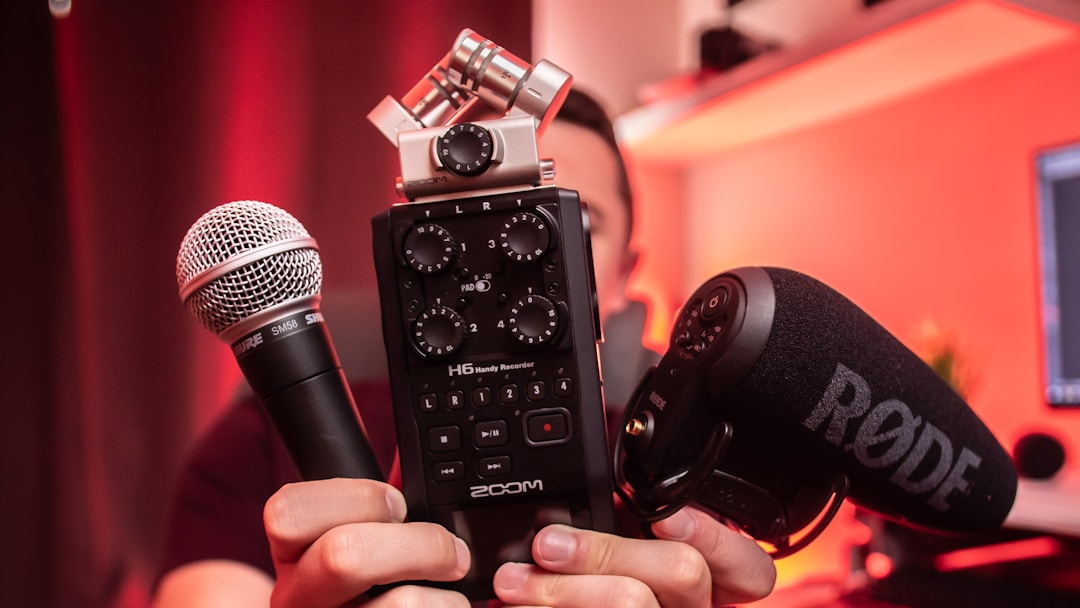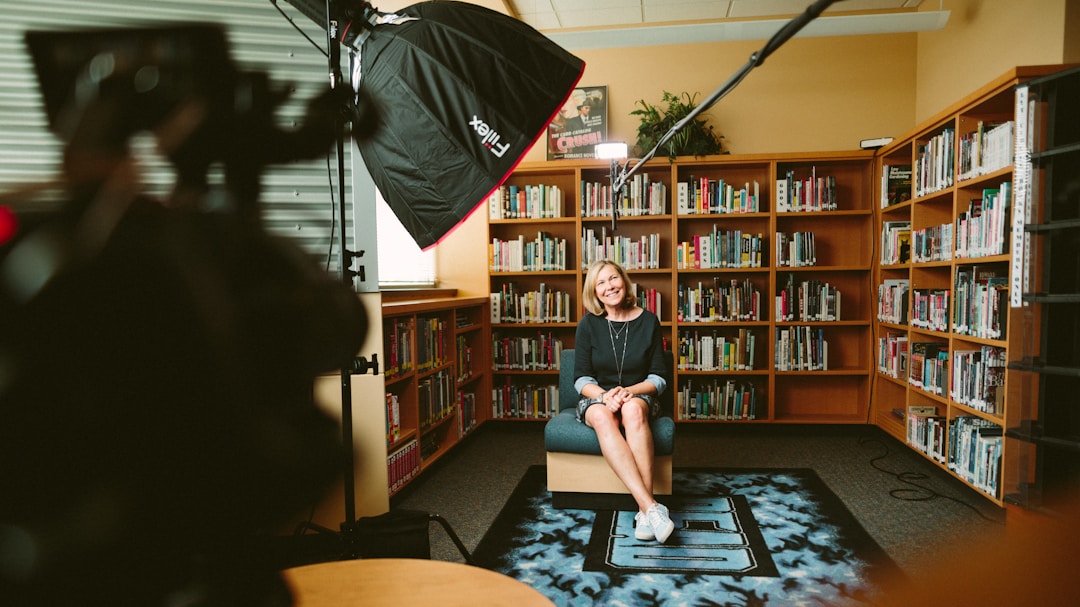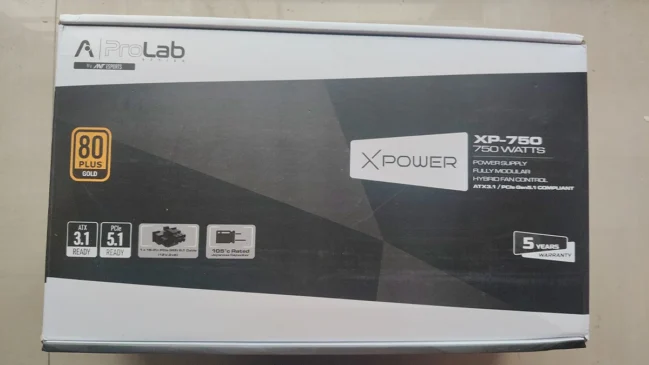
Whether it’s for a love of making movies or a desire to make a lot of money, many people enter the field of filmmaking. Film is just another medium through which we tell stories, be it on movie screens or televisions. Filmmaking requires using a variety of tools.
One of the most important of these tools is a boom mic. We’ll focus on these microphones and how they can connect to cameras when filming.
Boom Mic Defined

There are many tools that you can use as a filmmaker. These include a script, a camera, lenses, a tripod, headphones, memory cards, spare batteries, and neutral density filters. However, one of the essential pieces of equipment you’ll require will be a microphone. A boom mic for camera filming is necessary so that you can pick up the audio for whatever scene you’re capturing. This type of microphone is also known as a shotgun mic and includes a boom pole that holds a microphone at one end. In addition, boom microphones contain a lobar direction pattern. This microphone can capture sound coming from one specific direction with this directional focus.
The boom operator holds this device out of the shot filmed by a filmmaker. The boom microphone is attached directly to an audio output device in some cases. In other cases, many filmmakers will have a boom microphone take the role of a camera mic during filmmaking. This speaks to the versatility of these devices, providing a filmmaker with a variety of boom microphone options.
Boom microphones include various elements that can help enhance the filming experience. These include mics with the best possible battery life and noise-canceling options. For instance, there are shotgun mics on the market that can help to filter out unnecessary ambient noise. Let’s say that you’re filming a scene inside of a building. Unfortunately, there’s a lot of air conditioners running in your filming location, and it’s playing havoc with your sound. Mics such as the Rode Video Mic Pro can bring in low-end frequency responses along with the range of 40Hz to 80Hz. This helps to prevent lower frequency sounds from coming in, which includes the sound of those pesky air conditioners.
Indie filmmakers and amateur filmmakers would do well to add a quality shotgun mic to their collection of filmmaking tools. A boom microphone is a solid choice for those directors and camera operators trying to film scenes with clear audio free of outside ambient noise.
Connecting Your Boom Microphone
As mentioned before, you can connect your boom microphone to your camera. There are going to be times where you’ll need your on-screen talent and camera operators to move pretty quickly, depending on what you’re filming. Maybe you’re an amateur filmmaker who loves to create action set pieces, and having a video camera boom microphone for such situations is ideal.
Many camera shotgun mics like the Deity V-Mic D3 and the Rode Video Mic Pro come with connection options for your cameras. Many of these cameras include connections for a professional shotgun microphone. You’ll find some of these connections on the top of the camera, the side, or sometimes underneath. In other cases, you might be able to find an adaptor that you can hook your boom microphones to on the camera. Before purchasing one of the best shotgun mics on the market, make sure to check with your camera manufacturer to see what boom mics are compatible with your device.
Best Boom Mics

When you begin searching for the best shotgun mics, you’ll find a variety of great choices. To make things simple, here are a couple of choices. The Rode VideoMic Pro is a boom mic that offers state-of-the-art performance at a pretty reasonable price. The mic includes a Rycote Lyre shock mounting onboard that helps to keep your audio clear. Another great choice is the Rode NTG3B. This shotgun microphone provides a user with quality sound options and perceptive engineering. These are but a selection of the quality boom mics on the market today.








